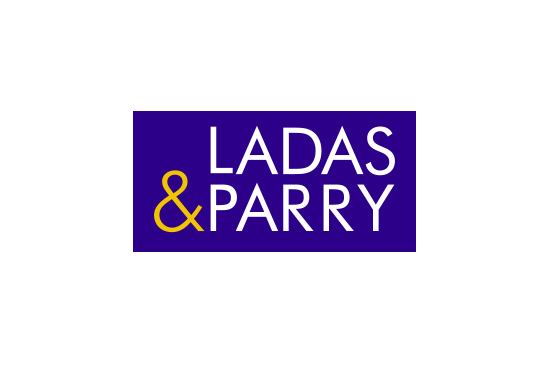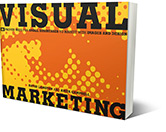When we design logos we work with a wide range of people and personality types. How do you differentiate your design presentation to meet the needs of your audience? Here’s a look at the branding design process when you work with doctors or lawyers or ministers.
Doctors Without Role Play
Doctors have difficulty imagining who their clients might be. When designing an identity for a physicians group that needed to attract new members, we asked the doctors to think about who might be a typical member candidate and create a composite persona. We asked the physicians to try to imagine who their target member might be. Would she be married? What keeps her up at night? What TV shows would she watch?
We often construct these personas to help shape the narrative for the evaluation a logo and branding campaign. I was initially surprised at how tough it was for the doctors to answer these questions. (They wanted to go get spreadsheets and give us averages.) It wasn’t until later that I realized that doctors are trained to look for patterns, follow evidence-based protocol and stick to the facts. This was a creative “dreaming” exercise that was well outside of their comfort-zone. Doctors are trained to look at stats, not to dream about possibilities. There is nothing wrong with that, that’s why they are doctors and we are designers/marketers.
Physicians tend to be precise thinkers so it’s important to clearly articulate your reasoning and have evidence to substantiate it. So we learned, for example, that you don’t simply pick colors for aesthetics, you deliberately choose colors based on scientific studies that show how people react to colors.

Making a case for lawyers
Working with a 100-year-old law firm who wanted to update their logo had a different set of challenges. It’s no surprise that lawyers like to argue. There’s lots of discussion and lots of footnotes. Before we start designing we ask the client to agree to a short list of objectives and ask them to sign-off on a Brand Strategy Brief. Then we evaluate the logos based on how they meet or fail to meet the approved criteria. When working with lawyers it’s even more important that each logo concept should be accompanied by a brief that describes why this combination of typography and colors expresses the right tone for representing the firm. We had to be prepared and ready to make a case for each logo and to defend our reasoning.
Dennis Prahl, partner at Ladas & Parry, admits that some lawyers do not embrace change very easily. Prahl said, “David and his team, however, were able to get a sizeable group of lawyers from all different ages and backgrounds to come to a consensus about our firm’s identity and role and then to create a visual identity that supported it extremely well.”

A Logo Based on Faith
Working on a new identity for a spiritual retreat center with a board of directors comprised of minsters was much easier. Ministers had no problem working with themes and visuals. The use of symbols is such an important part of their profession. They were eager to hear stories but they also needed time to examine the visual concepts for themselves. When we presented the final logo and colors at the annual meeting the old slide projector was not showing the correct colors. The rich purples and deep greens came out pink and teal. I couldn’t get the colors to view correctly, so I said, “Since you are a community of faith you’re going to have to believe us when we say the colors will turn out right in the end.” Perhaps they are such strong visual thinkers that they can see what is not there.
Rev. Robert Wollenburg remembers the journey for creating a new logo for Koinonia, the outdoor ministry program. It was not instantaneous, but rather a series of meetings, intake sessions and presentations. Similar to building trust in a ministry. “Revelation is watching, waiting, listening, understanding, acting; theologically, it is a process over time, sometimes long and other times short.”
What We’ve Learned from Designing for Doctors, Lawyers and Ministers:
When we start a logo project we spend a lot of time collecting input through questionnaires, surveys and research on the organization and their competitors and peers in the field. We need to get know the organization’s structure and personality types. There’s usually a doctor type (looking for stats) and lawyer type (looking to challenge the case) and hopefully a minister (supportive yet needing time for visual thinking on their own terms). So make sure that your presentation caters to all of these personality types. Include stats, we make a strong case for how the logo supports the objectives, and we let the visual thinkers have time and space to evaluate the logo themselves.
Back to Insights




